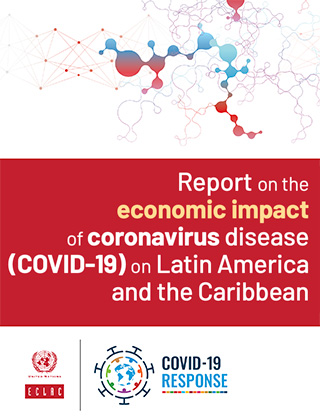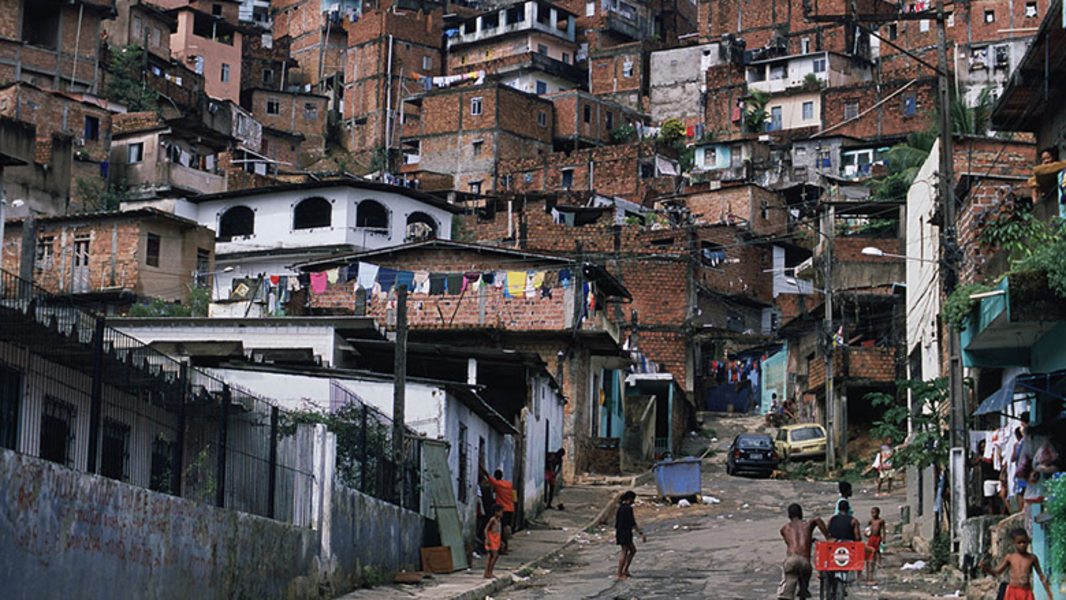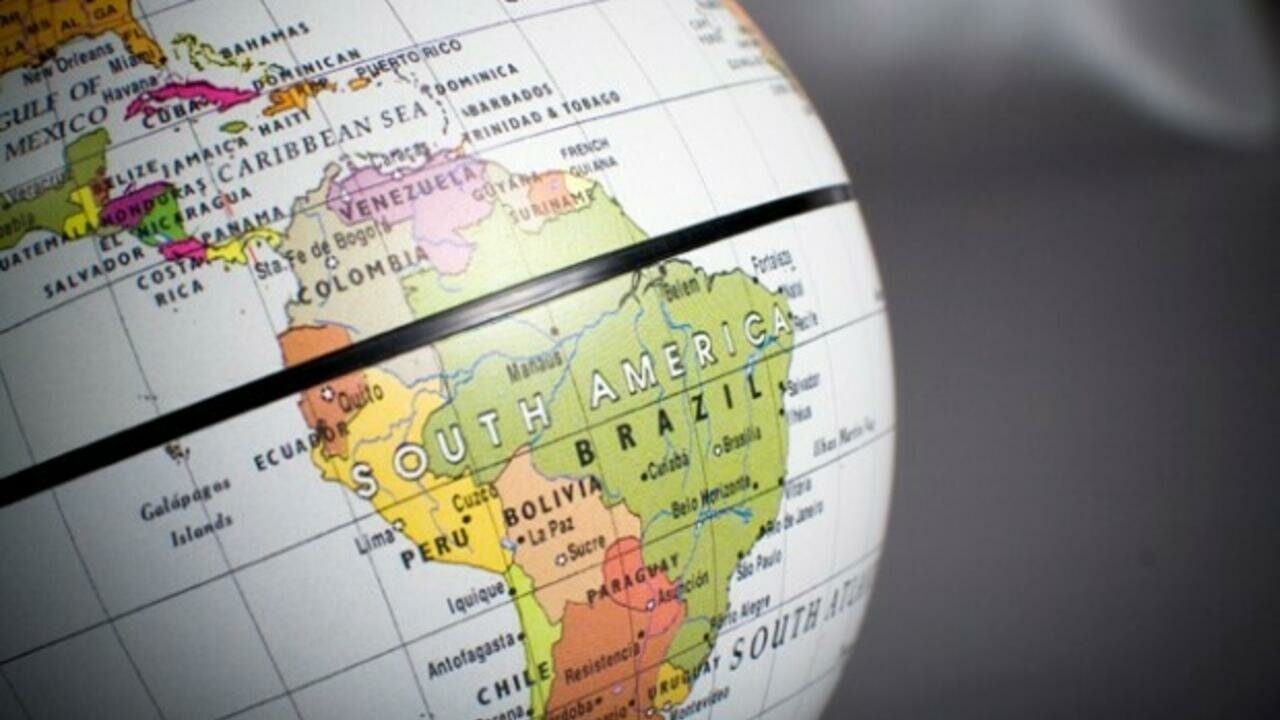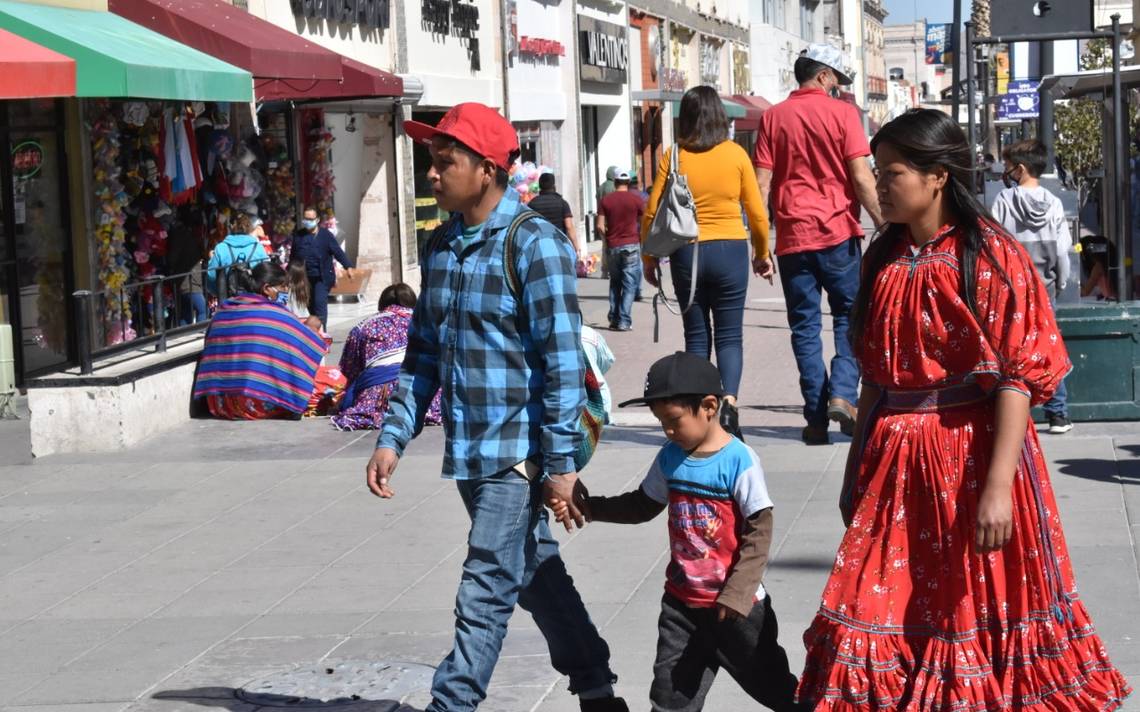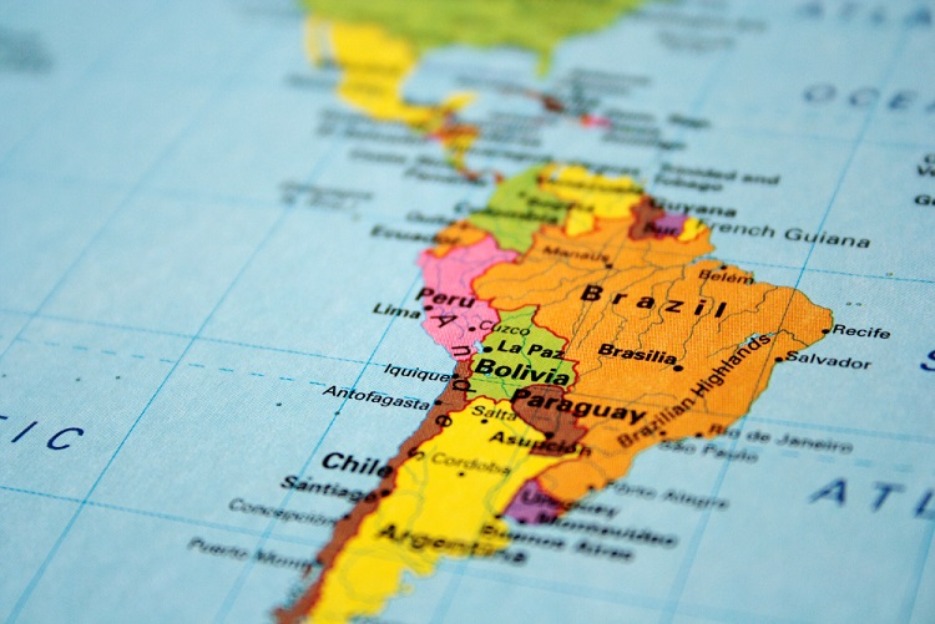Report on the economic impact of coronavirus disease (COVID-19) on Latin America and the Caribbean
By ECLAC On 26 March 2020, the Government of Mexico convened a virtual ministerial meeting on health affairs for response and follow-up to the COVID-19 pandemic in Latin America and the Caribbean, which was attended by foreign ministers and health representatives from 30 countries of the Community of Latin American and Caribbean States (CELAC), as well as regional organizations. As a result of the meeting, CELAC formed a strategic alliance with the Economic Commission for Latin America and the Caribbean (ECLAC)...

